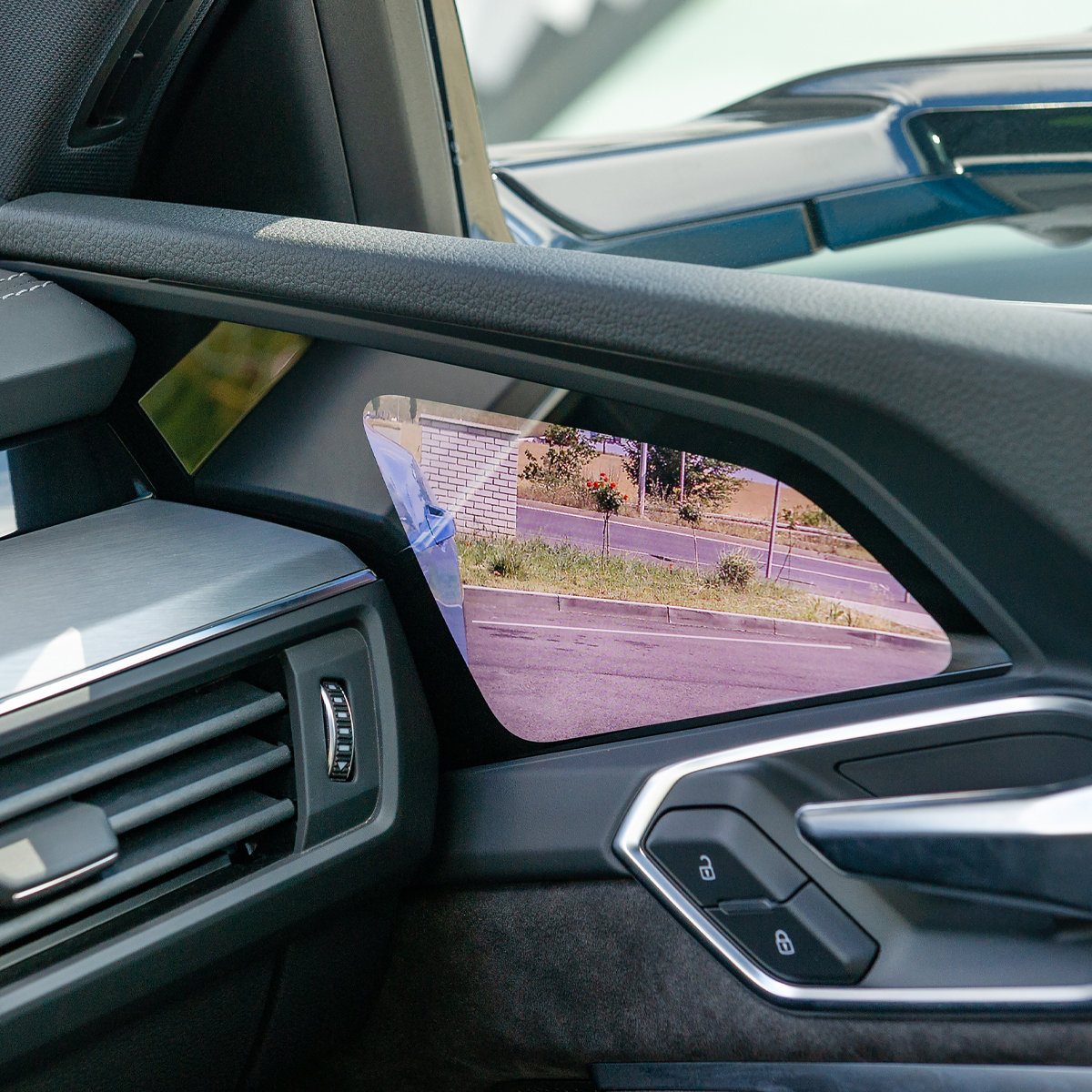
Abstract
This project analyzed existing data and assessed the safety equivalency of prototype video-based camera systems to support Federal Motor Vehicle Safety Standard 111 rulemaking efforts and investigate camera-based side view systems. The researchers mined an existing set of radar data surrounding real-world lane change events. The study was performed in Southwest Virginia using 36 drivers experiencing both conventional and camera-based systems over a month-long naturalistic exposure period (2 weeks conventional, 2 weeks camera-based). Study vehicles were instrumented with a data acquisition system to capture and record time-synchronized video and parametric measures from key-on through key-off (i.e., the entirety of each trip). Analyses focused on potential lane change conflicts and hazards identified using time-to-collision values (which in turn were derived from rear-mounted radar units) surrounding signalized lane change events. Results provided no compelling evidence to suggest that camera-based systems adversely affected lane change performance to lead to riskier or more hazardous lane changes compared to conventional mirror systems. Results instead suggested that camera-based systems, when appropriately designed, can help drivers detect potential conflicts because of the wider field of view afforded by these systems, enabling drivers to assess the presence of a vehicle in the target lane.
Project Highlights
- Provides a dataset that includes processed radar traces of signalized lane change events and the corresponding conflict measures at lane change and lane crossover points for three types of fleets.
- Impacts of camera-based systems on lane change behavior are assessed influences on driver perceptual judgments (e.g., vehicle detection, distance and closing speeds, conflicts) under various conditions, including day and nighttime operations.
- The work presents the algorithms to extract radar traces of other vehicles from Continental® Radar PLC units with short-range radar (SRR320) and to identify the Principal Other Vehicle during a lane change.
- Analysis revealed no critical conflicts or patterns of ill-advised lane changes using camera-based aid and suggests that camera-based alternatives to conventional light passenger vehicle exterior mirrors can be designed to provide relatively safe levels of performance.
Final Report
EWD & T2 Products
During the Radford High School Networking Event on 04/20/2023, a team member interacted with 25 high school sophomores and provided a VTTI vehicle tour containing some of the instrumentation and capabilities used in this project.
One PhD Student in Engineering Mechanics, Balachandar Guduri, was supported by this project. His student impact statement is here.
The project team developed two MATLAB modules currently being used internally at VTTI. One module focuses on processing noisy radar data acquired from Continental® Radar PLC units with short-range radar (SRR320) and detecting radar traces for signalized lane change events. Another module identifies the POV using processed radar data during signalized lane change events. These learning modules are available for download here: Learning Modules.
Presentations/Publications
Guduri, B. (2023, April 13). Lane Change Hazard Analysis Using Radar Traces to Identify Conflicts and Time-To-Time Collision Measures. Webinar Safe-D Virtual Webinar is available here. PDF of PowerPoint slides from Webinar available here.
Final Dataset
The final datasets for this project are located in the Safe-D Collection on the VTTI Dataverse; DOI: 10.15787/VTT1/EWMRB8.
Research Investigators (PI*)
Eddy Llanares (VT/VTTI)*
Cameron Rainey (VT/VTTI)
Shane McLaughlin (VT/VTTI)
Balachandar Guduri (VT/VTTI)
Project Information
Start Date: 2020-01-10
End Date: 2022-03-15
Status: Completed
Grant Number: 69A3551747115
Total Funding: $364,00
Source Organization: Safe-D National UTC
Project Number: 05-082
Safe-D Theme Areas
Safe-D Application Areas
Risk Assessment
Planning for Safety
Performance Measures
Sponsor Organization
Office of the Assistant Secretary for Research and Technology
University Transportation Centers Program
Department of Transportation
Washington, DC 20590 United States
Performing Organization
Virginia Polytechnic Institute and State University
Virginia Tech Transportation Institute
3500 Transportation Research Plaza
Blacksburg, Virginia 24061
USA
